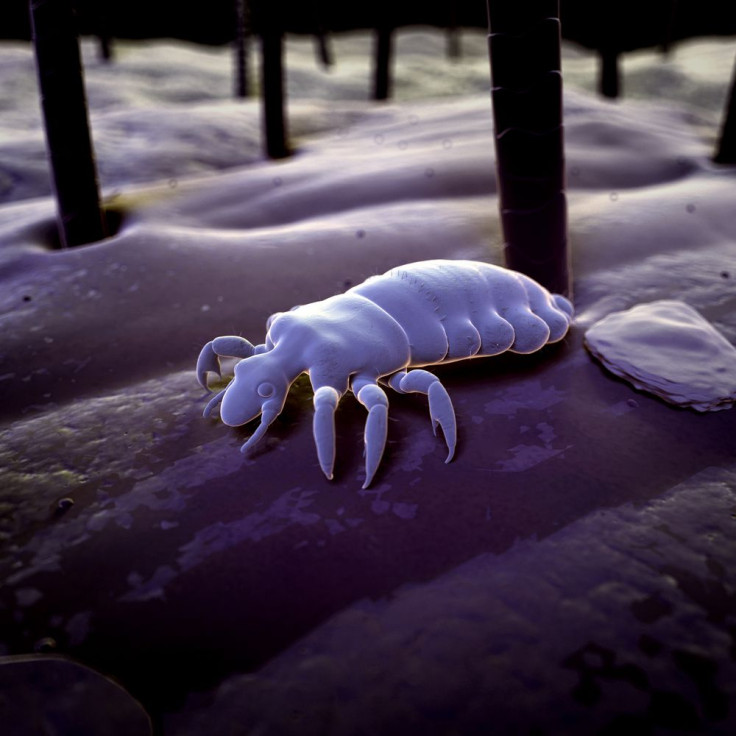Head Lice Are Evolving To Resist Treatments, But Some People Should Be More Worried Than Others

According to a report presented Tuesday at the American Chemical Society National Meeting and Exposition, head lice in America are evolving to resist over-the-counter treatments — meaning this year head lice outbreaks will be particularly difficult to manage, but as always, certain individuals may be less at risk than others.
For the research, scientists collected head lice samples across 30 U.S. states. Results showed that 104 of the 109 samples had signs of a very high level of resistance to pyrethroids, the active chemical in some of the most common over-the-counter treatments. The mutation, known as knockdown resistance (kdr), affects the lice’s nervous system and makes them less sensitive to the chemical’s effect, The Washington Post reported. Interestingly, the report noted that Michigan was the only state without mutated lice, although the researchers aren’t clear yet on why.
"If you use a chemical over and over, these little creatures will eventually develop resistance," explained study author Kyong S.Yoon at the meeting, as reported by The Post. "So we have to think before we use a treatment."
This isn’t the first time that scientists have observed the growing prevalence of treatment-resistant “super lice.” In 2013, pediatric dermatologist Dr. Robin Gehris told CBS Pittsburgh that she comes across about 10 patients each month who show signs of head lice resistant to treatment.
“When you look in the literature there’s more and more reports of resistance among head lice,” Gehris said. “Many of the over-the-counter products are very effective at treating lice on the very first pass.”
Add the increased treatment resistance to new health guidelines which advise that children with head lice infestations continue to attend school, and it’s likely to be a tough head lice season this upcoming school year. The head lice problem will likely hit certain demographics more than others, but what exactly is it that makes some individuals more susceptible to head lice infestations than others?
According to the Centers for Disease Control and Prevention, in the United States the largest prevalence of head lice cases occur in children between the ages of 3 and 11. It’s not that head lice have a particular preference for young heads, but rather that children are more likely than older individuals to come into close physical contact with each other. Head lice do not have wings and cannot jump. The main way they get from one head to another is by crawling across or from sharing items that come into contact with the head. By nature, children are more likely to come into close contact with each other through playing and are also more likely to share personal items, such as pillows.
Among young children, girls are more likely than boys to get head lice, but researchers believe this may be because they are also more likely to share personal items such as hairbrushes and are also more likely to come into close contact with friends.
White, Latino, and Asian children are more likely to become infected with head lice than black children. Although many believe that the sheens and oils that many black people use in their hair work to keep head lice at bay, according to the CDC, the real reason that head lice infestations are less common in black populations is because the claws of the insects are not adapted to holding onto the specific width and texture of black hair. Individual strands of white and Asian hair tend to be round in shape, while black hair has a more flattened elliptical shape.
While the news of treatment-resistant head lice may be enough to make you want to immediately shave your head, according Yoon, the good news is that, as annoying as head lice are, at least they don’t spread disease.
Published by Medicaldaily.com



























